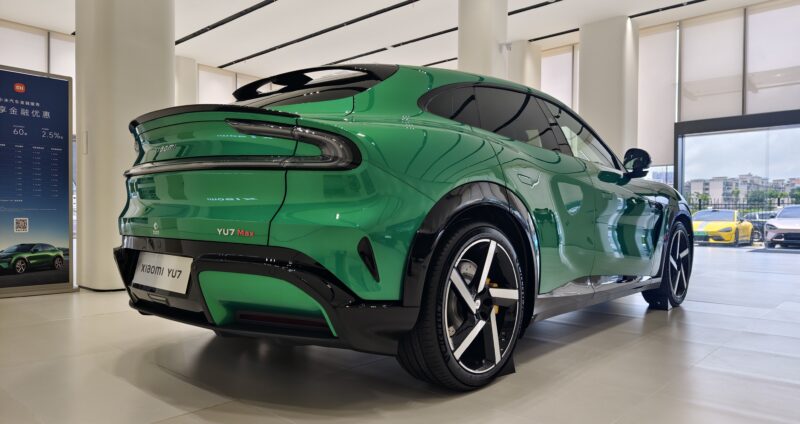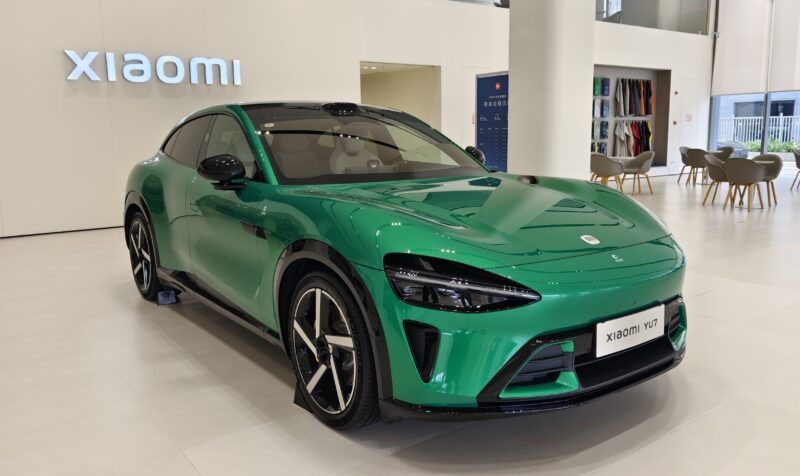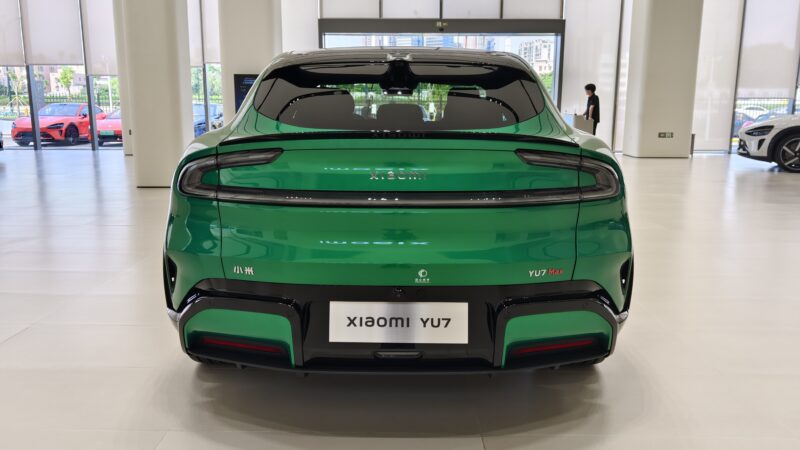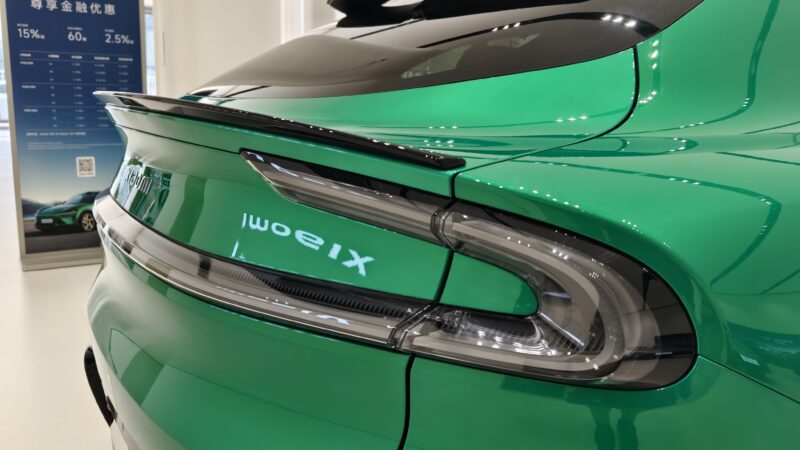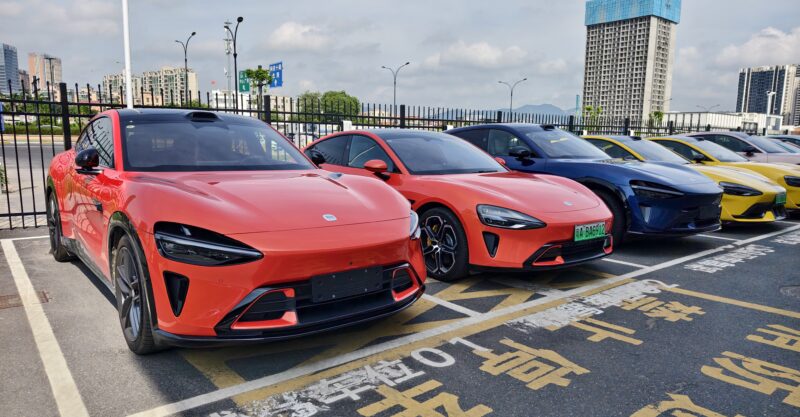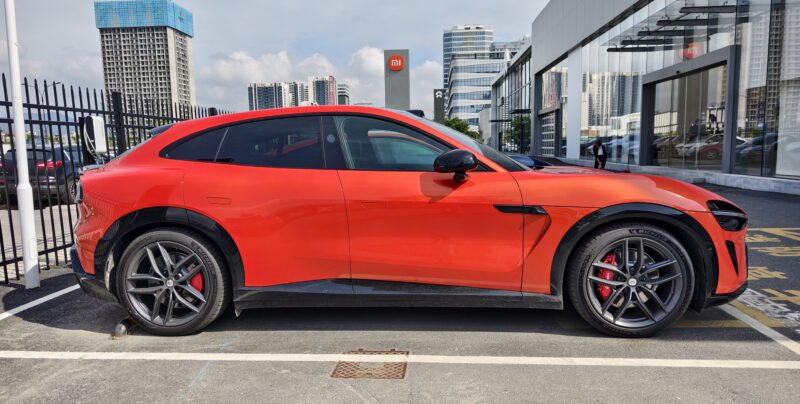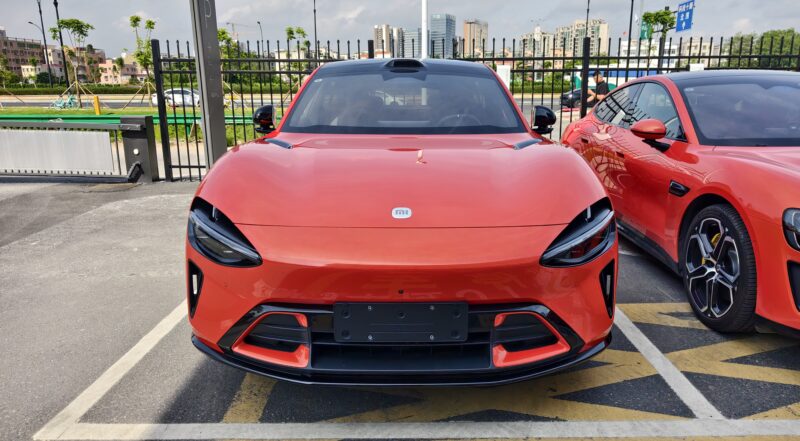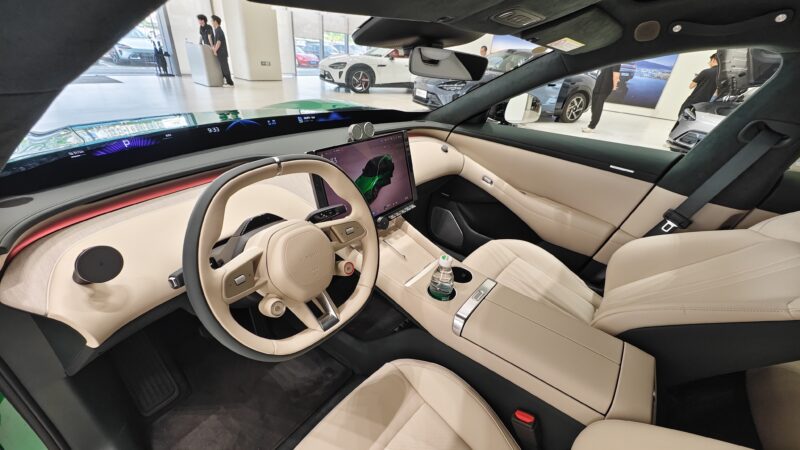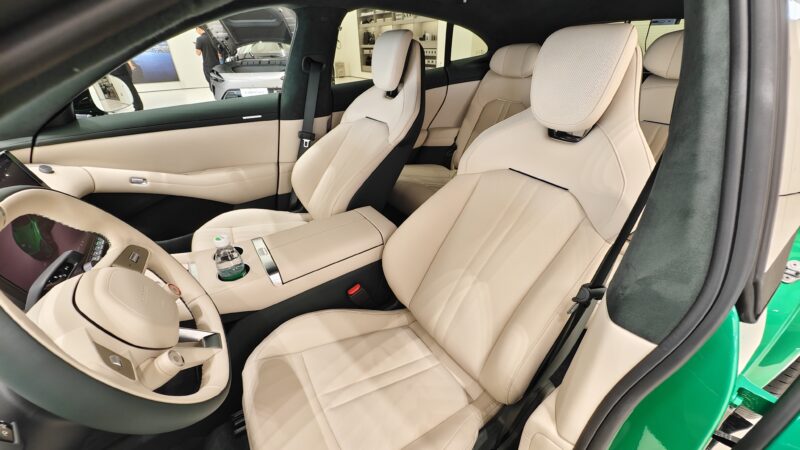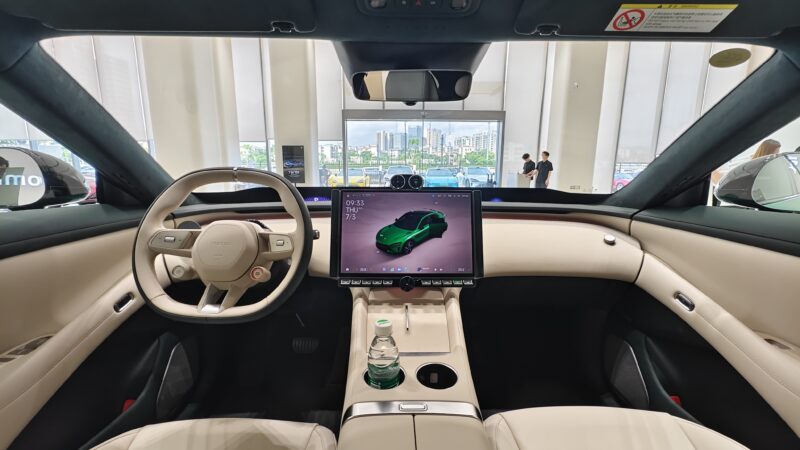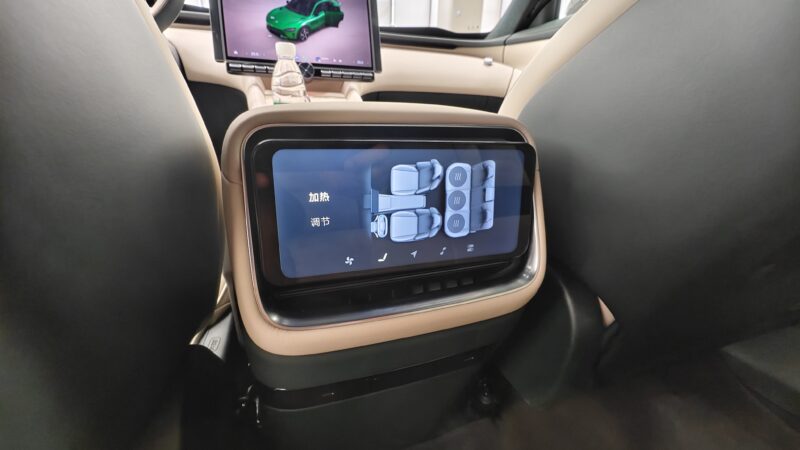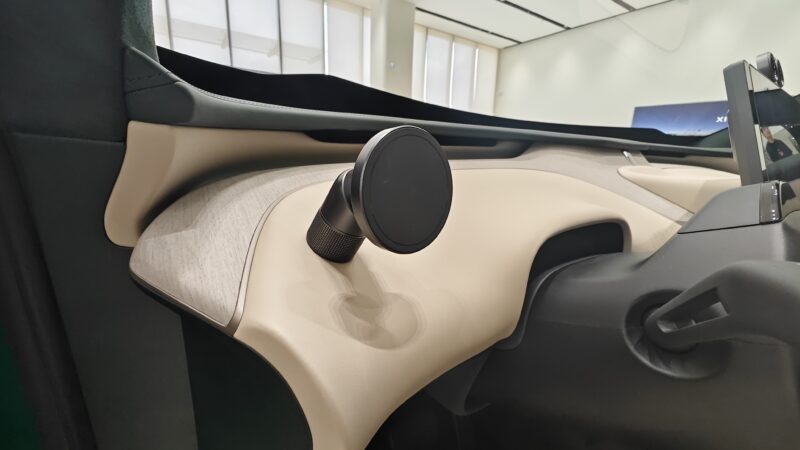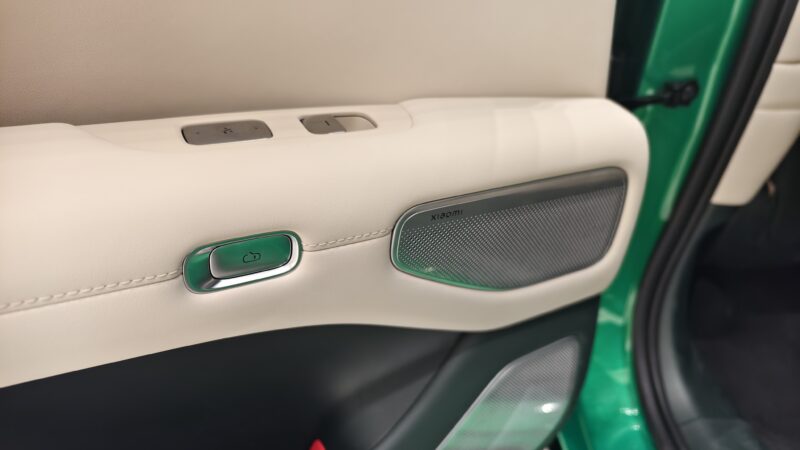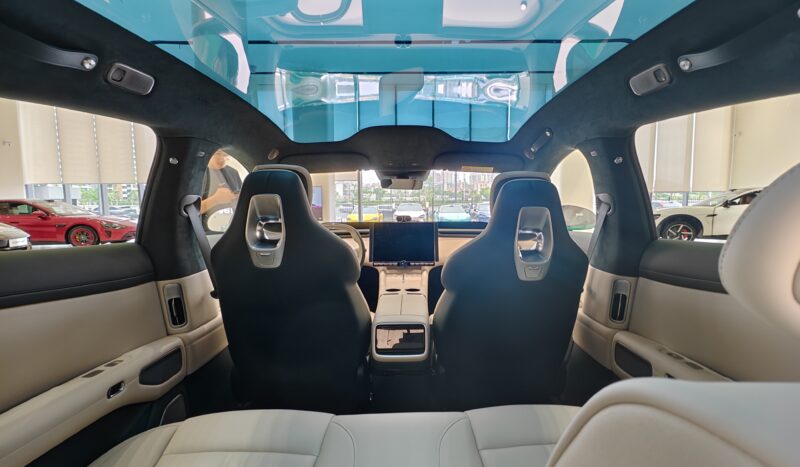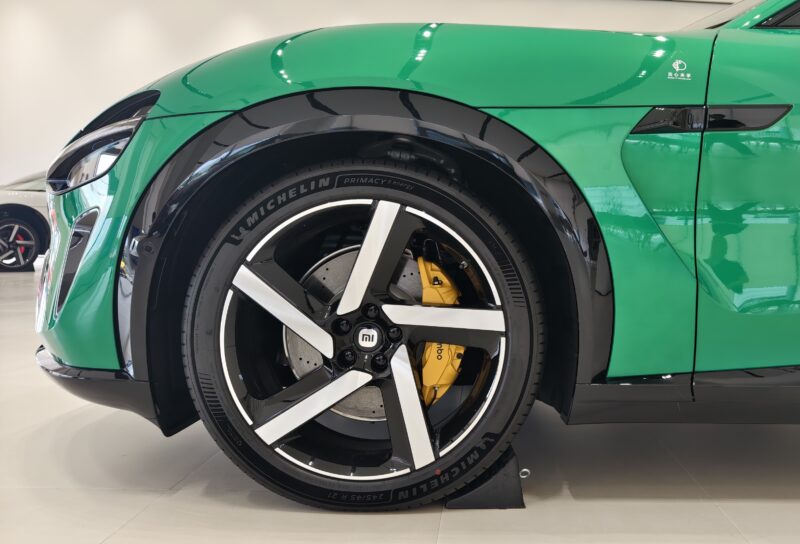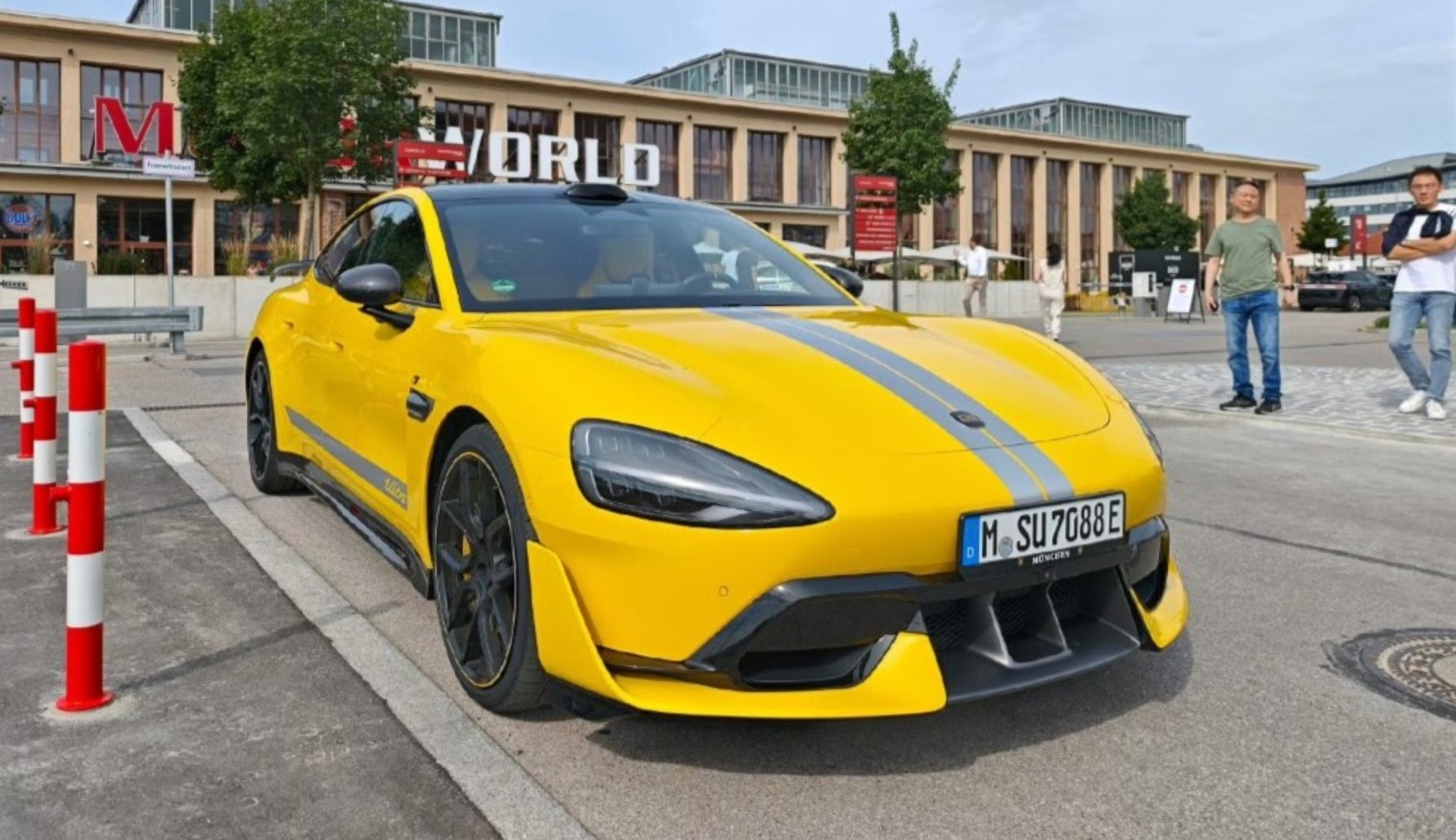Sunday China Drive | Xiaomi YU7 Max: can a 690 hp SUV meet family expectations?
The YU7 marks Xiaomi’s second vehicle and its first SUV, expanding the brand’s ambitions in the electric vehicle market following the high-profile launch of the SU7 sedan. Officially launched on 26 June, the YU7 is a five-seat mid-size SUV built on Xiaomi’s Modena platform, available in Standard, Pro, and Max variants. Prices range from 253,500 yuan to 329,900 yuan (34,300 to 44,700 USD). According to Xiaomi, more than 240,000 customer orders were locked in within 18 hours of launch, underscoring the YU7’s strong reception in China’s increasingly competitive EV segment.
Our test vehicle is the YU7 Max, the flagship dual-motor AWD version, boasting 508 kW (690 PS) and 866 Nm, accelerating from 0 to 100 km/h in just 3.23 seconds. It also offers 800V fast charging, Xiaomi’s HyperOS-based cockpit system, and high-level driver assistance.
Positioned to compete with the likes of the Tesla Model Y Performance and Xpeng G7 Max, the YU7 Max combines high output with a tech-focused user experience in a family-friendly format.
Exterior
The YU7’s exterior follows Xiaomi’s understated design direction. Its clean surfacing, frameless doors, and subtle clamshell hood reflect a more mature style compared to the SU7 sedan. The front features a slim DRL light bar with matrix LED headlights, while the side profile maintains a coupe-inspired silhouette, complete with a fastback tailgate and 21-inch wheels exclusive to the Max trim.
The YU7 measures 4,935 mm long, 1,960 mm wide, and 1,620 mm high, with a 3,000 mm wheelbase—larger than the Tesla Model Y and similar to the Xpeng G7. The drag coefficient is an impressive 0.229 Cd, according to Xiaomi, and flush door handles, working air vents, along with active grille shutters, help optimise aerodynamic efficiency.
Despite its size, the YU7 doesn’t overstate its SUV identity. The ground clearance is modest, and the vehicle lacks off-road features, such as terrain modes. Its stance remains very much on-road focused.
Interior
Inside, the YU7 Max adopts a tech-centric yet restrained design. The dashboard is dominated by a 16.1-inch 3K central display powered by Snapdragon 8295 and running Xiaomi’s HyperOS. The Max trim also includes the brand’s 87-inch “Hypervision” AR-HUD, which overlays navigation, speed, and smart driving data directly in the driver’s field of view, which is one of the practical highlights of the YU7.
Material quality is competitive at this price point. The Max variant features Nappa leather upholstery, open-pore wood accents, and an optional 21-speaker Dolby Atmos audio system. Unlike some competitors that emphasise screens, Xiaomi prioritises cross-device integration—users can sync smartphones, tablets, and even smart home devices to the car’s central interface.
Rear passenger space is generous. With a nearly flat floor and reclining rear seats, the YU7 can comfortably accommodate adults over long distances. The Max trim includes a detachable rear entertainment screen and a fold-down table tray.
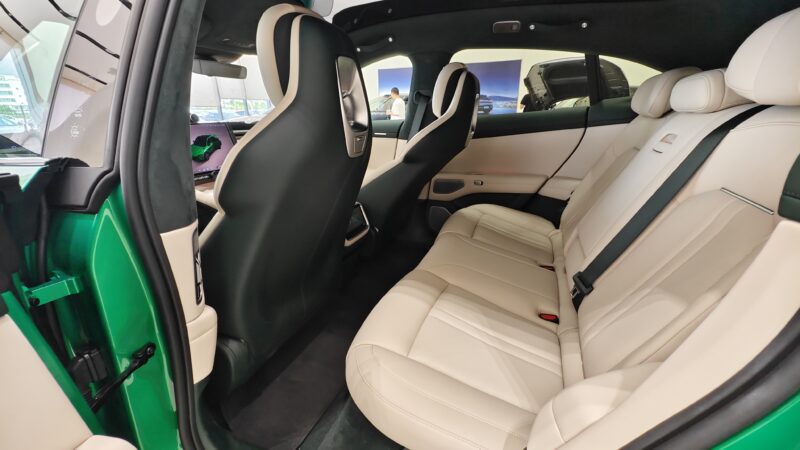
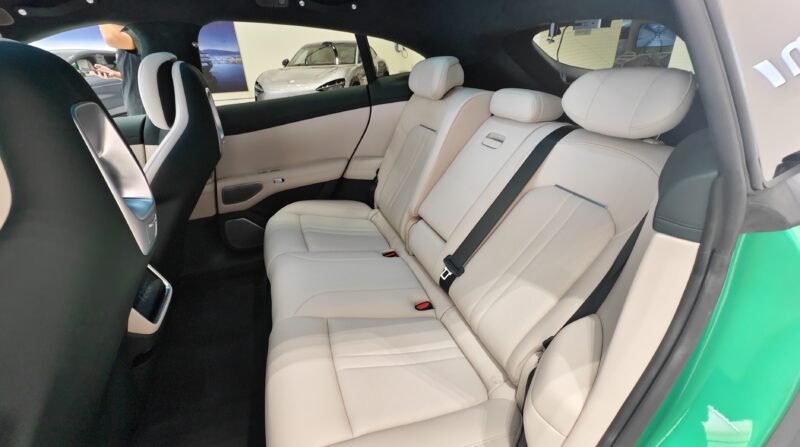
The trunk offers 670 litres of space with the rear seats up and 1,775 litres when the rear seats are folded. There’s also a 58-litre front trunk, which helps store cables or small bags. The frunk capacity is 141 litres.
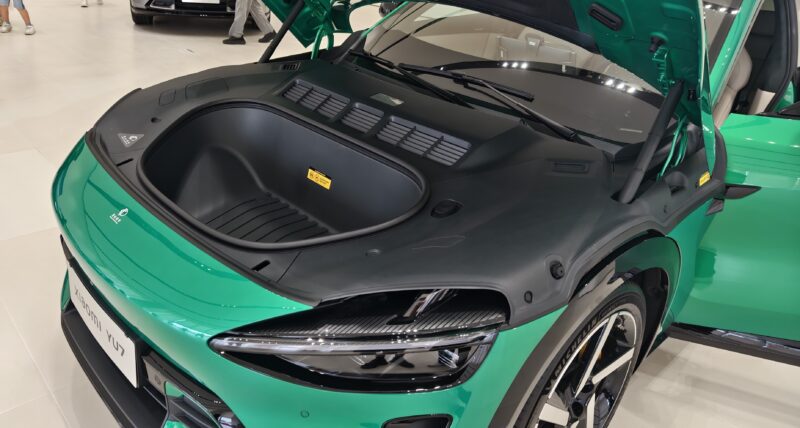
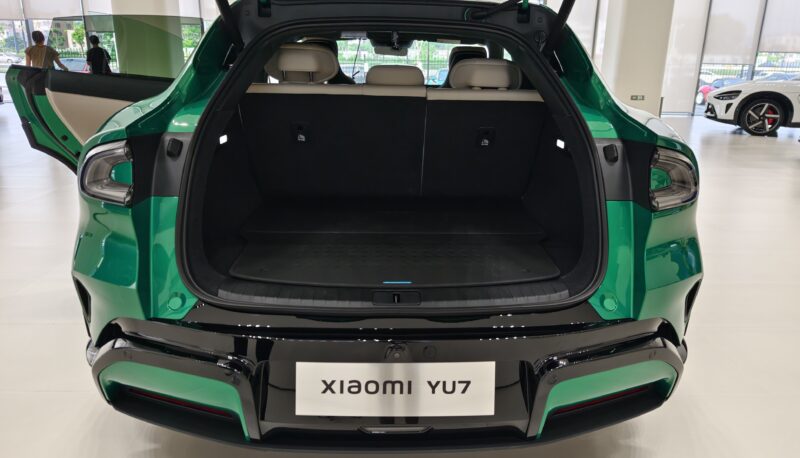
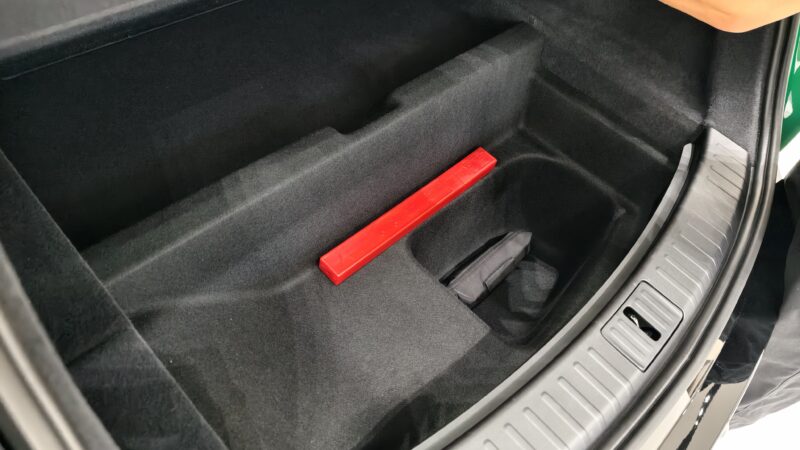
Behind the Wheel
On the road, the YU7 Max delivers its 570 hp in a smooth but assertive manner, combining instant torque with silent composure. Acceleration is brisk, with a 0–100 km/h time of 3.8 seconds. However, some tire slip can occur during hard launches due to the eco-biased Michelin e·Primacy tires.
The YU7 Max features a dual-motor AWD layout, comprising a 220 kW rear motor and a 155 kW front motor, which enables torque vectoring and enhanced stability in slippery conditions. Unlike the SU7 sedan, the ride quality of the YU7 is tuned more for comfort than aggression, but the chassis remains composed, even when driven dynamically.
The suspension features a front double wishbone and rear multi-link architecture, tuned for optimal daily drivability. While Xiaomi doesn’t offer adjustable dampers, road imperfections are effectively absorbed. Over rough surfaces, the YU7 stays settled, with minimal cabin disturbance. At higher speeds, vertical motion is well-damped, though some body float remains during quick transitions.
Handling is neutral and predictable, aided by a low centre of gravity from the battery pack and a near 50:50 weight distribution. Steering feel is light, but accurate. In tight corners or roundabouts, the YU7 maintains confidence with minimal roll, though enthusiastic drivers may feel the tires’ lateral grip limitations.
Braking is confident, thanks to the Bosch iBooster brake-by-wire system, with smooth transitions between regenerative and friction braking. Regenerative braking has three levels, but one-pedal driving is not supported. The strongest regen setting slows the car significantly, but drivers will still need to apply the brakes to come to a complete stop.
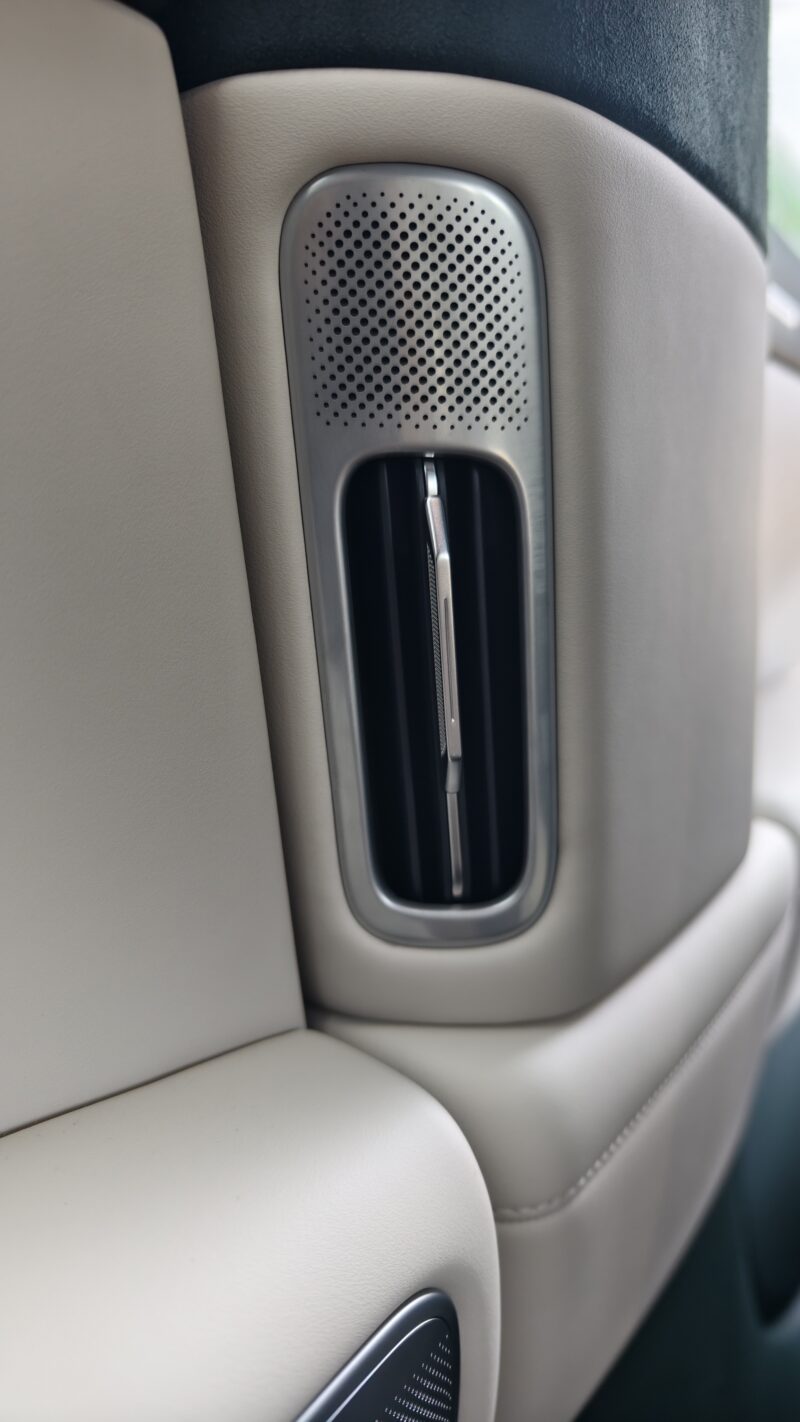
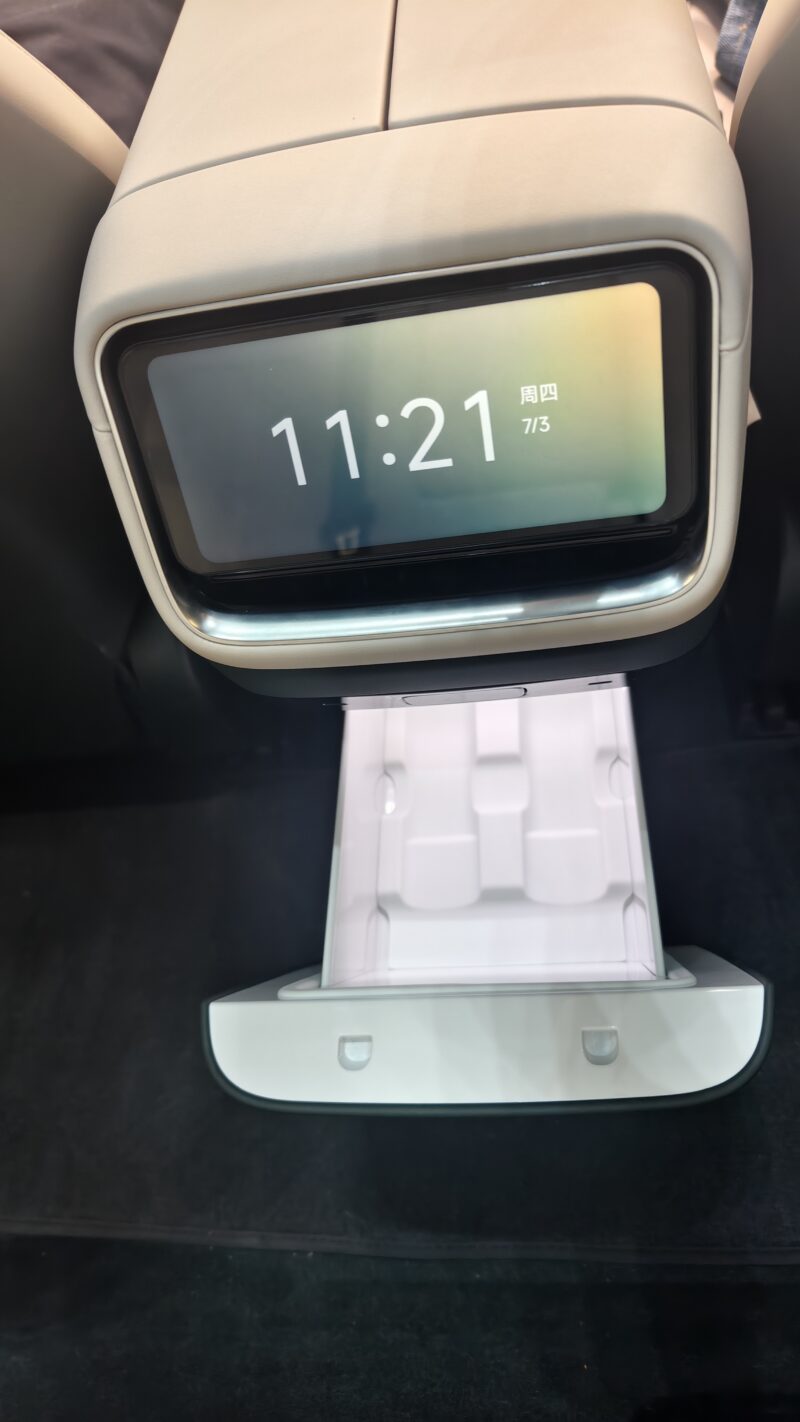
Cabin isolation is a clear strength. At 100–120 km/h, wind and road noise remain low, with only slight turbulence audible near the mirrors. Double-glazed glass, extensive insulation, and the absence of engine vibration contribute to a premium driving feel, especially for long-distance travel.

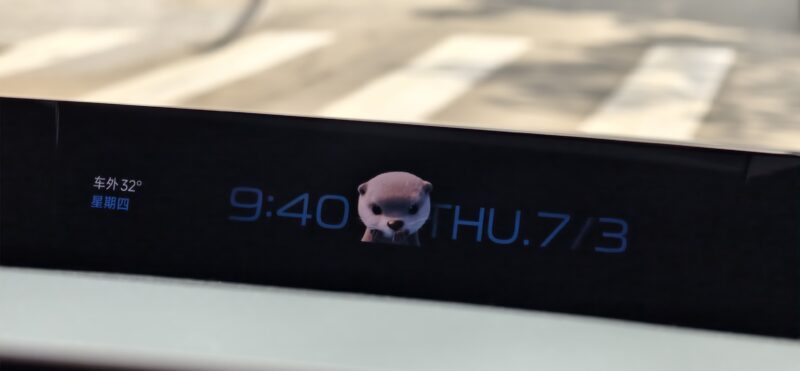
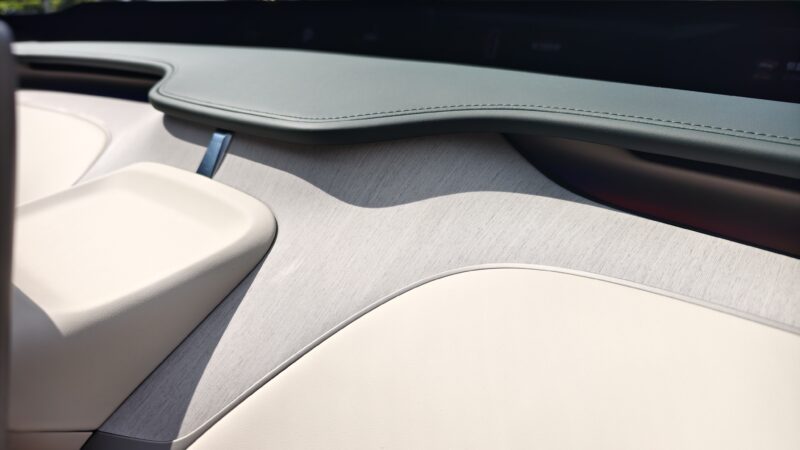
Verdict
The Xiaomi YU7 Max delivers strong performance, understated luxury, and robust digital integration without straying into gimmicks. Its appeal lies in the ecosystem connectivity, restrained yet premium design, and high-output EV performance, all packaged in a family-friendly SUV.
For tech-savvy households already using Xiaomi devices, the YU7 Max offers seamless integration and practical daily use. While it lacks adaptive suspension or semi-solid-state batteries seen in some rivals, it excels at the essentials: fast charging, long range, strong acceleration, and a refined, livable interior, and details found in no other rivals in its class.
Stay tuned for next week’s Sunday China Drive at Car News China, where you can read more first-person evaluations of Chinese cars.



